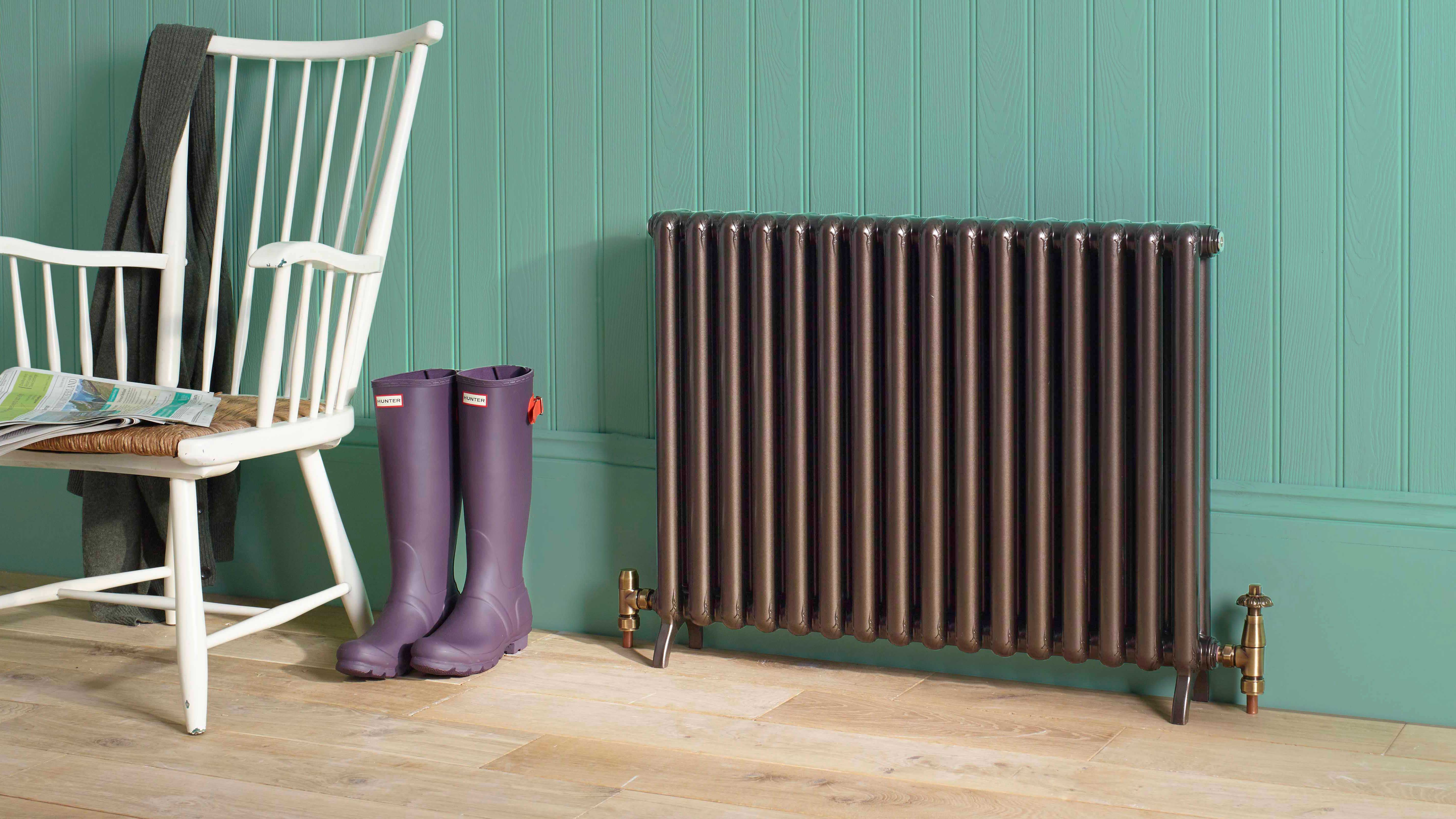

There are a few different types of heating systems available for the home, but many of us don’t think much about what they are, or the fuels they use. In fact, it’s only when our heating systems start to go wrong, or we’re concerned about the cost of running them, that we think about replacing them, or upgrading what we’ve already got.
But it’s important to be in the know about the different heating system options out there, what each consists of, and which fuels they consume, so we can make our homes comfortable, and ensure our bills are as low as possible. Being aware of the maintenance needs of your particular system is vital so it lasts, too, and for safety in the home.
Here, we’re giving you the lowdown on the different types of heating on offer, installation costs, and how you need to care for your heating system.
The different types of heating systems explained
In basic terms, heating systems have a part that generates the heat, and a part that distributes this output around a home. They make use of a variety of energy sources, but however yours is fuelled, an efficient system is key both to home comfort and keeping bills as low as possible.
In the US, the three most common types of heating system are those that use a furnace, those that use a boiler, and those that use a heat pump. But it’s true to say that most US homes are heated by either a furnace or boiler. In the UK, meanwhile, the majority of homes are heated by boilers. But there are other ways you might want to heat your home also.

Forced-air systems
Forced-air systems use – no surprises here – air to distribute heat around your home via a system of ducts and vents.
Furnaces, heat pumps or hydronic coils can be used in forced air systems, with the former being the most common option around the US.
Furnaces
‘This system uses the same ductwork as an air conditioner,’ says Rene Langer
certified HVAC specialist, Pick HVAC. ‘The downside is that the furnace can be rather noisy when in use and it can take some time for the furnace to blow warm air out of the cold ducts.’
Furnaces can be fuelled by gas, electricity, or oil. ‘Gas furnaces are the most common furnace option, especially in the northern states where winter is much colder,’ explains Bailey Carson, home care expert at Angi. ‘Natural gas is more efficient than electric, inexpensive, and heats up quickly.
‘While gas furnaces are more popular in colder climates, electric furnaces are more common in areas with milder winters,’ she continues. ‘While they’re extremely efficient and have low maintenance and installation costs, they tend to have higher monthly costs and take longer to heat up than alternatives.’
How much will you pay for a furnace? ‘Gas furnaces tend to cost between $3,800 and $10,000 to install, costing up to 100 per cent more for high-efficiency models,’ says Bailey. ‘Electric furnaces cost an average of $2,000 to install.’
‘Oil furnaces cost, on average, between $6,750 and $10,000 for a home between 1,600 and 2,000 square feet. While oil can be bought and stored, providing back-ups for the colder days, and they have lower environmental impact than natural gas, they do release carbon monoxide, come with high fuel costs and require storing oil on site.’
Heat pumps
Heat pumps are an alternative to furnaces. They use electricity to transfer heat, which is collected from the air, water, or the ground outside your house. The most common type is the air-source heat pump.
‘Heat pumps range in cost from around $4,000 to $7,250 depending on your home’s design and size, the model and brand of the heat pump and installation costs in your area,’ says Bailey.
Note, that if your home doesn’t have ducts, you do still have the option to use a heat pump called a mini-split heat pump.
Radiant heating systems
Radiant heating systems may distribute heat from a boiler via steam radiators or hot water radiators. Steam radiators are an older technology and not as efficient as modern systems. Hot water radiators are seen in newer homes.
‘Boilers heat water and push the hot water or hot steam through your house with pipes,’ explains Cristina Miguelez, remodeling specialist at Fixr.com.
Correctly sizing a boiler is crucial. This is decided by means of a heat loss calculation. It will be affected by the house’s size and building materials, the level of insulation and airtightness, and your hot water requirements.
For many homes in the UK, a combination boiler will be suitable, providing heating to radiators and hot water as needed. For larger homes with higher hot water demand, a system boiler may be required, providing heating to radiators or underfloor heating, towel rails and hot water via a storage cylinder.
In the UK, since 2005, condensing boilers, which use the waste heat in the flue gases to pre-heat cold water entering the boiler and are therefore much more efficient than older models, have been mandatory.
It's worth noting, however, that condensing boilers require a condensate pipe to drain away the condensed water. Sometimes this links to the waste under the kitchen sink, but it usually drains externally. This is an important aesthetic consideration for period home owners and should be thought through before the installation of the boiler.
Likewise the position of boiler flues must be carefully planned, otherwise they can spoil the façade of a building. They are also prone to freezing, so need insulating.
‘Like furnaces, most boilers create heat through the combustion of fossil fuels, yet the medium is hot water instead of air,’ explains Drew Mauro, sales manager at Green Wave Distribution.
A gas boiler costs $5,589 on average, according to HomeAdvisor.
In the UK, replacing an old gas boiler for a new energy-efficient model plus thermostatic radiator valves will typically cost around £2,500, while an oil boiler replacement plus thermostatic radiator valves is typically £3,200, according to the Energy Saving Trust.
The installation cost for a bulk LPG heating system in the UK is slightly lower than for oil, as the tank is usually provided by the gas supplier on lease, but the running costs are slightly higher. An LPG tank can be buried, making it a good choice for those with limited space for an above-ground oil tank. LPG also offers options for a gas hob and real flame-effect gas fires.
Radiant floor systems
Also known as floor heating or underfloor heating, radiant floor systems can provide comfortable heat and are space-efficient. The downside is that they do not provide instantaneous heat, so you need good controls with timers and a regular, predictable occupancy pattern to maximize comfort and energy efficiency.
‘Radiant-heat flooring is adaptable, and it works well with solar hot-water systems and geothermal heating systems, among other things,’ says Tatiana Sorokina, head of the heating and air conditioning department at Home Alliance.
There are some downsides, however. ‘This sort of system requires expensive installation and heating maintenance services, and it may not be suitable for many homes, depending on the foundation and flooring. Air-heated and electric radiant floors are additional options, although both are prohibitively expensive for most house uses,’ she adds.
Underfloor heating emits heat at low temperature and if you combine it with a heat pump, the latter will be at its most economical.
Electric heating
Electric heating is an alternative to combustion appliances, and may be electric resistance heating or via a heat pump.
If you opt for electric resistance heating, this might be from an electric furnace (see above) or by room heaters. Note that heat pumps are preferable to electric resistance heating in most climates, according to the US Department of Energy, which states that these cut electricity use by 50 per cent compared with electric resistance heating.
‘Electric heating often comes in the form of baseboard heaters,’ says Rene Langer. ‘The benefit of this heating is that the installation and equipment is rather inexpensive. The downside is that electric heating can be rather costly, especially if you live in an area with high electric rates.’
It’s a relatively expensive fuel option for home heating in the UK, too, where electricity is typically only used where there is no mains gas available and no space to store other fuel options, or nowhere to install a flue for a heating appliance.
The most common UK electric option is storage heating powered by cheaper-rate off-peak electricity, such as Economy 7 and Economy 10. It’s worth exploring options for an alternative system that could reduce running costs.
Electricity is commonly used as a retrofit underfloor heating solution in small rooms rather than a heating option for a whole home.
Solar heating systems
A solar heating system uses energy from the sun to heat a fluid with the heat transferred directly to the the inside of your home or to a storage system. Note that it may be the case that you need an auxiliary system to provide adequate space heating.
‘Solar panels are much more expensive to install than most other heating systems, costing from $18,000 to $40,000 for installation and supplies,’ says Bailey Carson. ‘These systems rely on solar panels to fuel the heat pump and its compressor. Solar heating systems are environmentally friendly and will help save money on your monthly energy bills but are expensive to install and repair.’
In the UK, while incentives to install solar panels have now disappeared, and the government’s feed-in-tariff scheme finished from 1 April 2019, on the upside, the cost of the panels themselves has come down dramatically and household batteries enable you to store the solar electricity rather than export it to the grid.
It’s worth noting, if you’re the owner of a period UK property, that you’ll need to make careful considerations to avoid compromising the character of your home. While planning permission is not usually required, they must not face the highway if your home is within a conservation area. If your home is listed, you will need consent.
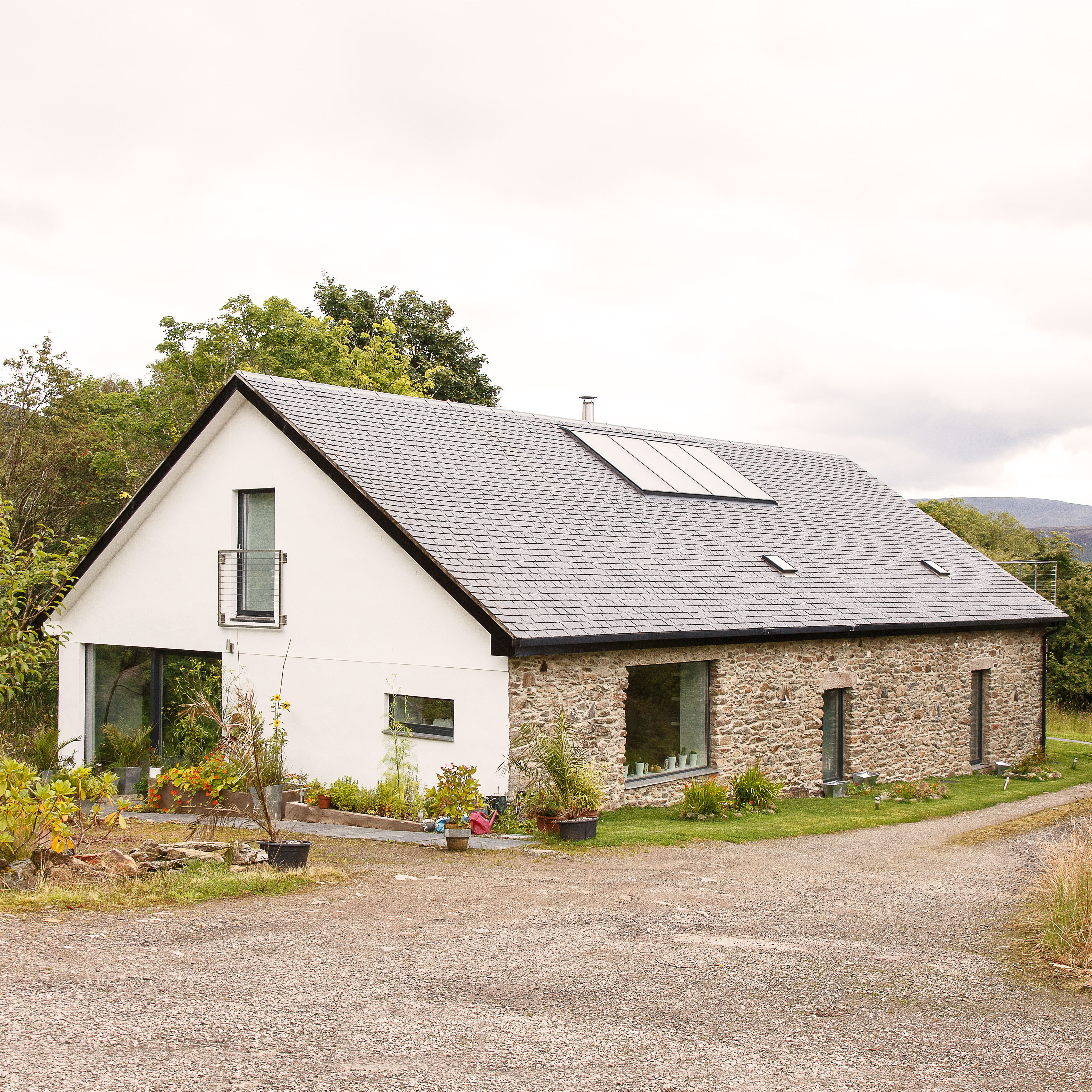
Wood and pellet heating
It is possible to heat many average-sized modern homes with the latest wood and pellet-burning appliances, according to the US Department of Energy. However, getting an appliance of the correct size is crucial – consult a reputable dealer.
It’s also vital to check on the wood-burning regulations that apply where you live via the local building codes department.
What else should you be aware of? ‘These systems demand more work than conventional heating systems since the pellets must be transported and fed into the stove or furnace,’ says Tatiana Sorokina. ‘Wood stoves that aren’t working properly might release carbon monoxide or other harmful air pollutants.’
In the UK, the cost of installing a biomass system is relatively high and you also need lots of space for the boiler, thermal stores and for the relatively bulky fuel. This means it’s usually an option only for properties with larger gardens and space for a plant room and fuel store, or an outbuilding to convert.
As biomass heating is subsidised currently under the renewable heat incentive (RHI) in the UK, it can be a cost-effective option when well designed.
Should you update your central heating?
Are you with the best energy company?
Energy bills can be hefty and many of us could be getting a better deal with another company or on a different tariff. To quickly check your monthly bill against what you could be getting elsewhere, hop over to uSwitch – they will give you unbiased numbers.
If your central heating and hot-water system is more than 10 years old, then its elements may not be performing to their full potential and it could be worth upgrading to a more energy-efficient system.
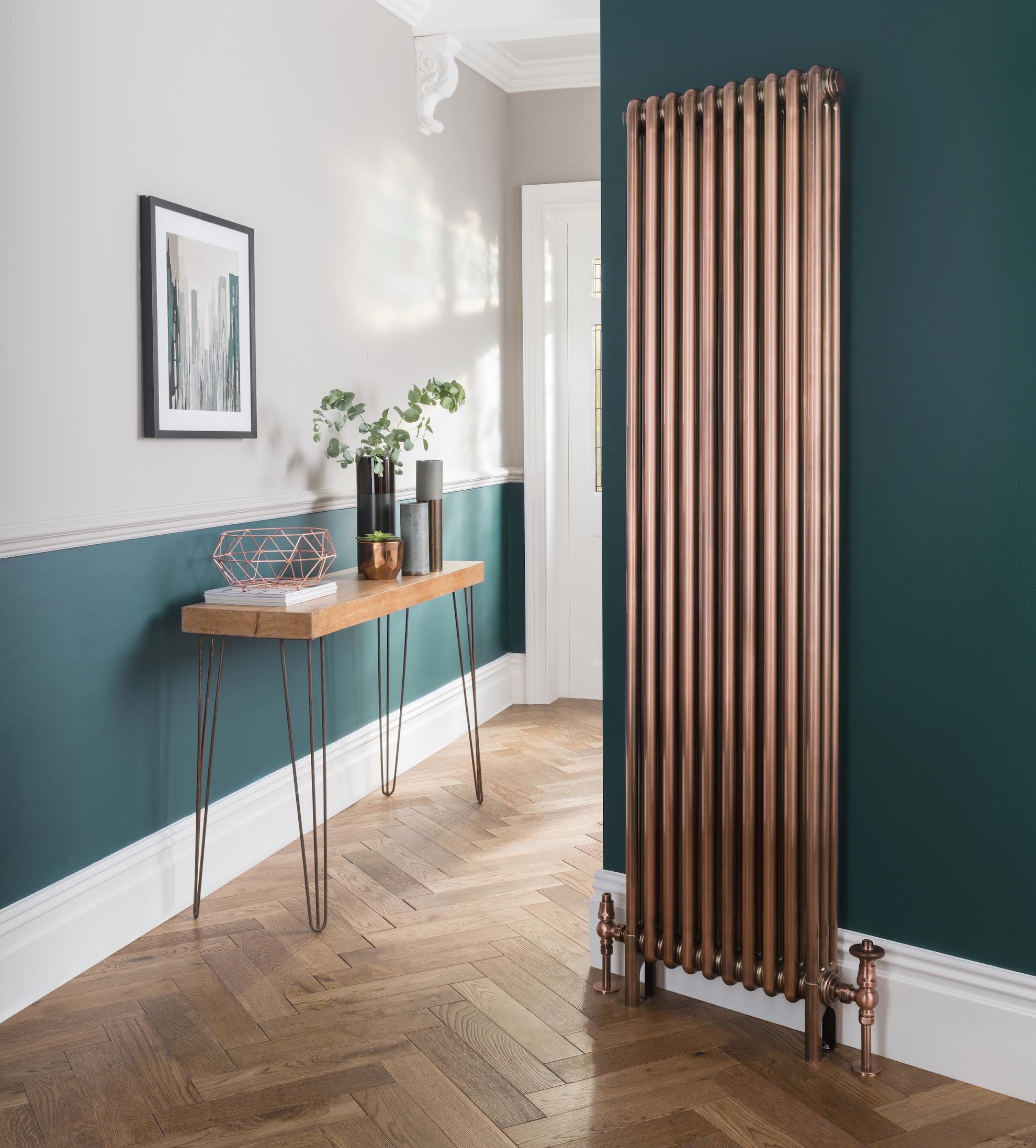
Controlling a heating system
Good control is vital to the efficiency of a heating system and will ensure greater comfort. Thermostatic radiator valves are now common, but further control can be gained by investing in a smart thermostat.
A worthy investment, even for the least tech-savvy amongst us, the top models of smart thermostat are capable of learning your heating behaviour – and subsequently streamlining it – leading to impressive annual savings with the best smart thermostats. Plus, this wireless technology saves the need to run cables.
Where cables or pipes do need to be run, carefully plan their route to minimize disturbance. Redundant chimney flues can be a good path from the top to the bottom of an old building.
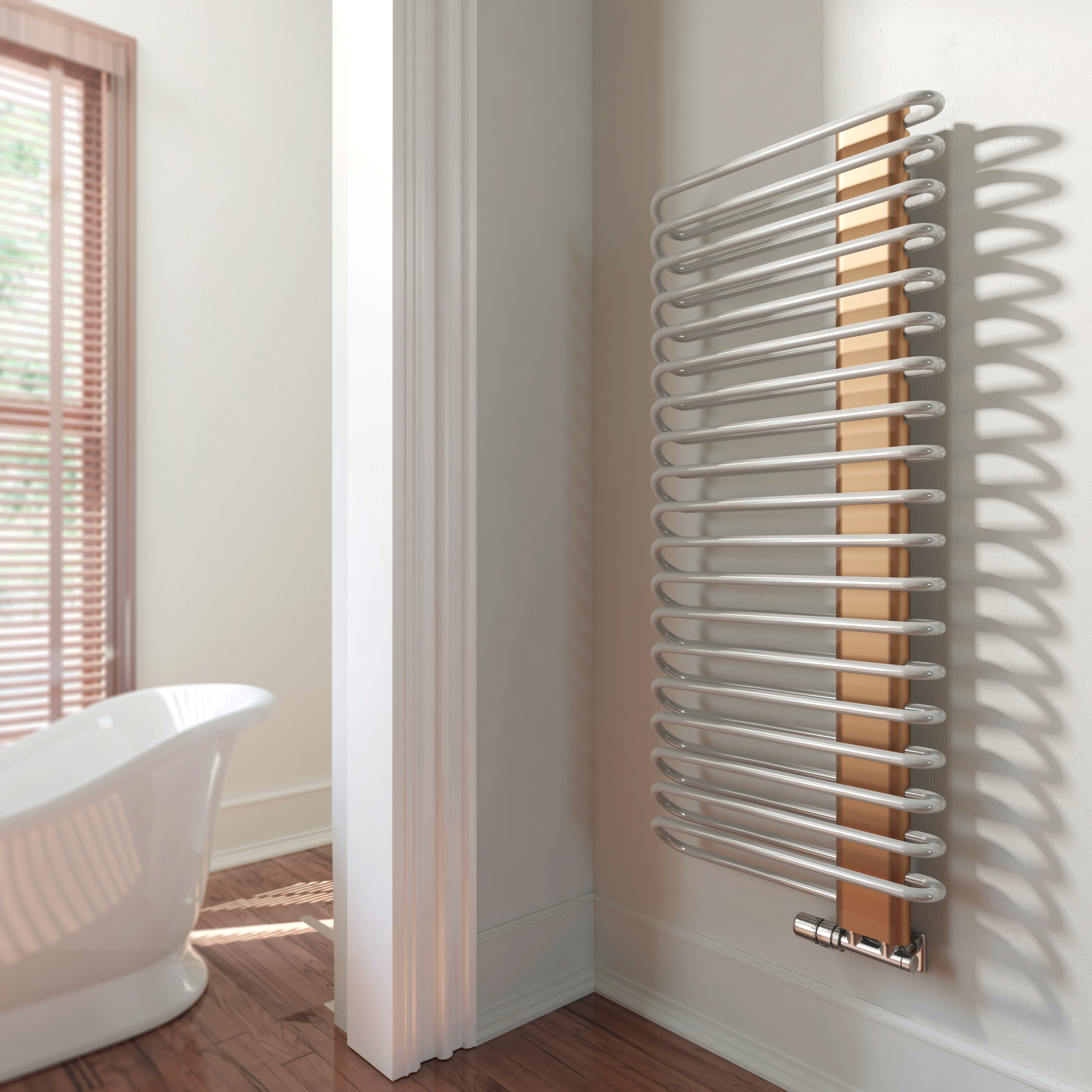
Heating dos and don’ts
- Do be aware of the risk of fire if blow torches are used to solder joints on pipework. Stop ‘hot works’ an hour before the end of the working day and ensure the area is checked before it is left unattended. During works, fit carbon monoxide and smoke alarms.
- Do ensure your boiler is serviced annually by a registered engineer to maintain its performance and safety.
- HVAC systems should also be serviced annually, and make sure you clean or change the filters on schedule.
- Do position thermostats so that they have a good air flow around them and are not subject to drafts or direct heat from radiators.
- Don’t allow anyone to work on your boiler unless they are properly qualified. In the UK, only engineers on the Gas Safe Register may work with gas.
- Don’t tamper with asbestos. It is a health hazard and often found around old pipes and heating installations. If you suspect it is present, seek specialist advice.
- Don’t forget to think of the future. If you are likely to want to install solar thermal panels or other renewable energy sources, check that the system you fit now will work with them.

Pipework in older homes
If you’re looking to increase the efficiency of your heating system, it’s recommended that you consider servicing any old pipework. If the outcome is that your pipework is inefficient, a process of simplifying, upgrading, flushing and adding corrosion and limescale inhibitors to radiators will work to make your heating system more efficient.
You might also try to minimize the length of pipe runs to prevent unnecessary heat loss and water use, as well as insulating water tanks and hot and cold pipes to retain heat.
Top Tip: Period home owners should note that joinery and floorboards will be disturbed when upgrading a heating system, so it’s worthwhile employing a skilled joiner to work alongside your heating engineer. Boards above fragile ceilings or those that may have to be taken up again in the future are best fixed with screws. Avoid notching the tops of joists to fit new pipes or cables, as this will weaken the floor structure.
What you need to know about radiators
When it comes to choosing the right radiators for your home, there are a few factors you should carefully consider before making an investment. These include:
Size
It is vital to get the size of radiators right – calculate the output you need in BTUs (British Thermal Units) using an online calculator like this from The Radiator Company. A heating engineer can also work this out for you.
Style
When it comes to style, choose from modern designs and traditional-look cast iron radiators. You can select school-style pillar cast-iron designs, or more ornate decorative models, which may be polished or painted.
Original radiators that have been restored and updated to work alongside modern heating systems are also an option. Buying non-reconditioned models from a salvage yard or at auction might seem budget-conscious, but do find out refurbishment costs before investing.
If your home has old cast-iron radiators, these can still be used but are best not disturbed during renovation work. Flush out debris with a garden hose. Areas of rust may indicate leaks, but it is always worth a pressure test to ensure there isn’t a problem.
Connections
Bear in mind that the connections between modern pipework and old radiators may be of different sizes.
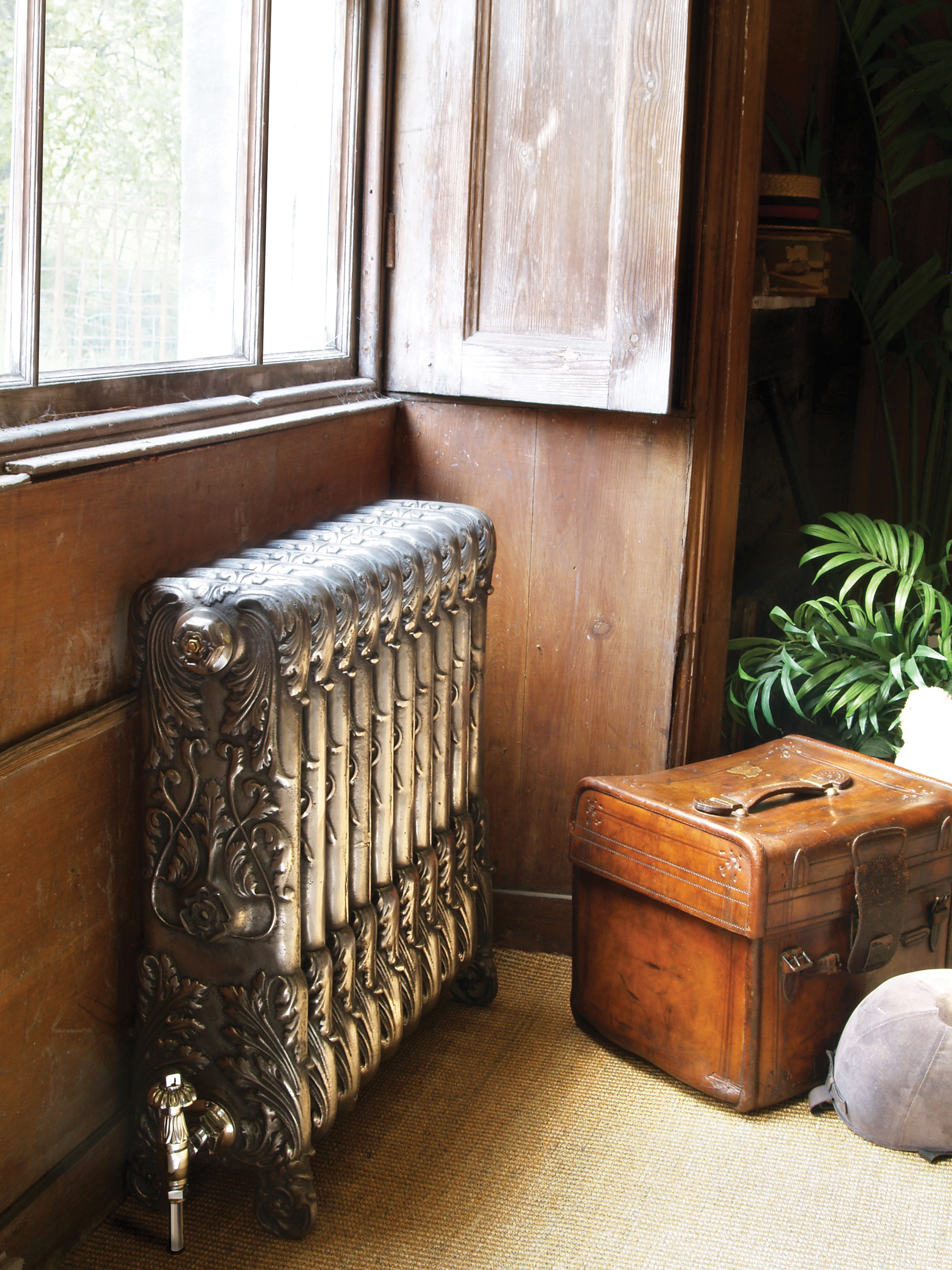
This Cast Iron radiator, from Carron is the perfect example of how a cast iron radiator can add heaps of character to your home. They make take a little longer to get going but will do a brilliant job of heating your home.
Woodburning stoves
The ultimate cozy centerpiece for a room, a wood-burning or multi-fuel stove is also a highly efficient way of heating a space. While the majority of heat from an open fire disappears up the chimney, stoves are sealed and designed to burn fuel as efficiently as possible.
Ranging from freestanding appliances positioned in the corner of a room to those designed to sit within traditional fire surrounds, stoves are a flexible choice, too. They are mainly available in cast iron or steel, but are available in a range of designs and can be enameled with a colored finish.
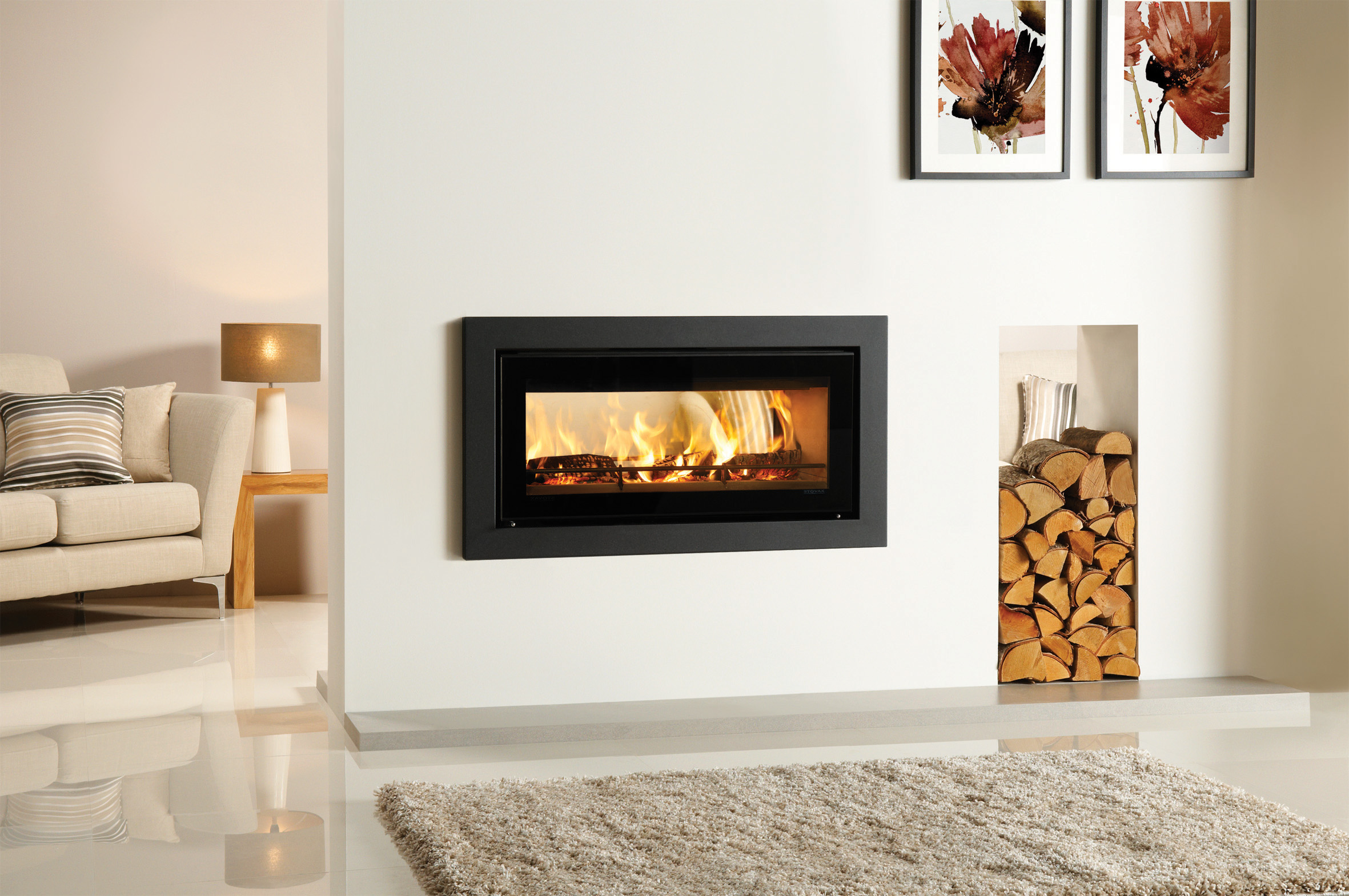
The Stovax Riva Studio Duplex inset woodburning stoves are a great option for heating large rooms with partition walls
If you have an old model, cleaning and maintaining your stove properly will help improve performance.
Fuel options for stoves include wood, coal, oil, gas, LPG, electricity and pellets.
If you choose a multi-fuel stove, it can be used with wood or coal, and you will need a grate when burning coal/smokeless fuel. This grate is removed when using logs, as they burn better on a hot bed of ash. Generally, solid-fuel stoves tend to produce large amounts of heat, but are less controllable than gas, oil and pellet models. If you live in a smoke control area in the UK, you’ll need a Defra-approved stove.
Note that from 2022, all new wood-burning and multi-fuel stoves in the UK – no matter where you live – need to meet Ecodesign legislation. This will require stoves to be at least 75 per cent efficient. Look out for the SIA Ecodesign Ready label when searching for the best stoves.
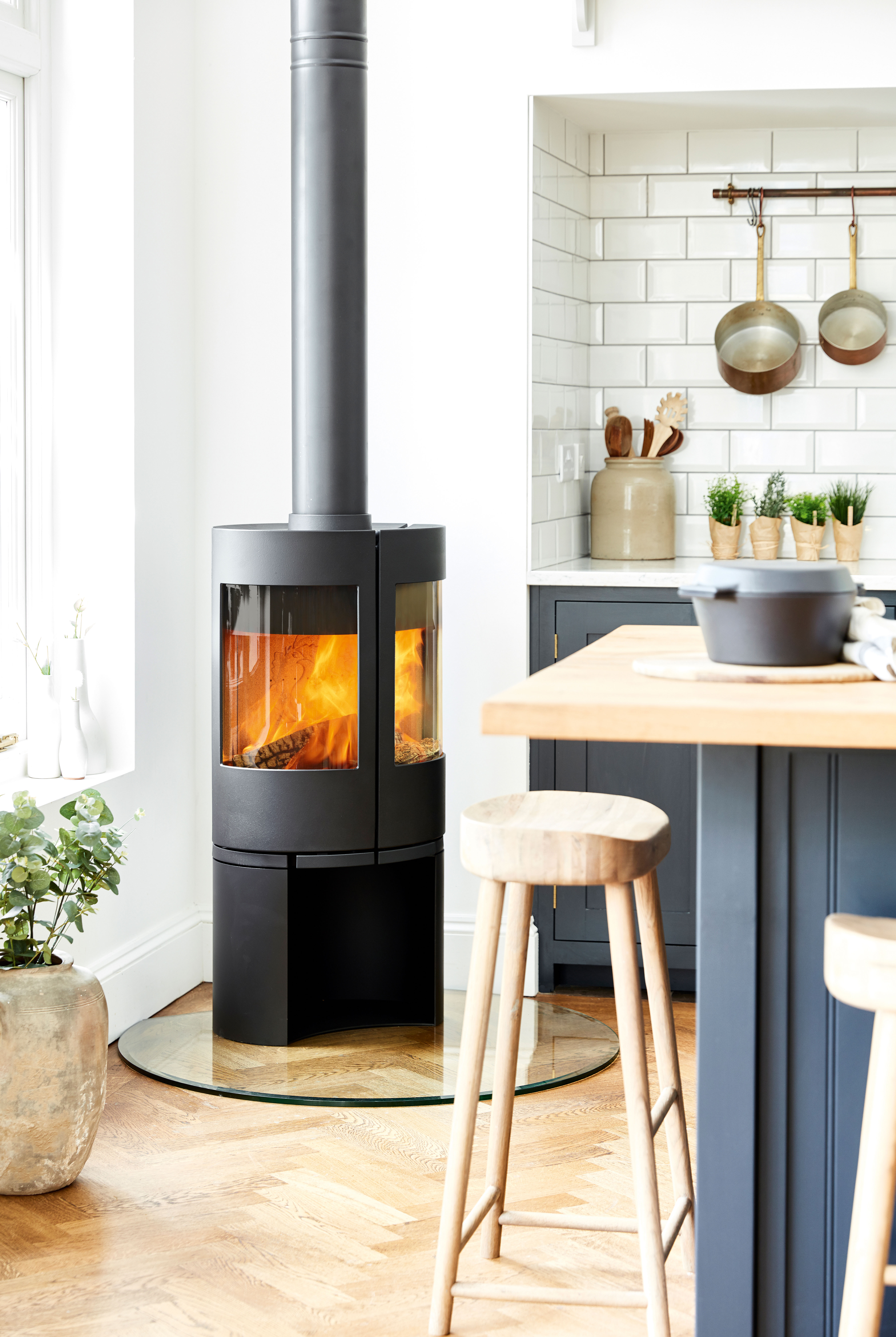
Traditional fireplaces
While traditional open fires are not as efficient as stoves, they are an authentic option for many period homes, and if you have an original surround or grate in place, you should look to restore rather than replace and check that the structure of the chimney is still sound. In the UK, find a local chimney sweep at HETAS.
If you are specifying a new fire and concerned about efficiency, consider a modern gas-fuelled fire that is highly controllable and offers a realistic effect. If you don’t have a chimney, you could opt for a flueless gas or electric fire, or one that burns bioethanol, which doesn’t emit harmful gases.
For safety, it is vital to maintain the fireplace and chimney in your home.

Should you have a smart meter?
In the UK smart meters send automatic readings to your energy supplier, so there’s no need for estimated bills and usage, which should help control your spending on gas and electricity.
Most smart meters use wireless or mobile phone-type signals and are available in handheld form, so you can see how much power is being used in kWh and m³, and in pounds and pence.
Every household in England, Scotland and Wales should have been offered a smart meter free of charge by 2020, fitted by the energy supplier. They aren’t compulsory, but you may not have access to all the available tariffs if you don’t have one.
Note that the data collected by a smart meter belongs to you, not to the energy supplier, meaning they are not allowed to share your information with third parties or for use in marketing campaigns without your prior consent.
The government has published guidelines to protect homeowners’ privacy, which includes offering you the ability to choose how often your supplier accesses your readings, such as half-hourly usage. However, when data is required for regulation purposes and when bills are being produced, the company can gain access to view the figures.
Other heating solutions
In the UK, concealed heating systems that are an alternative to underfloor heating include skirting board and wall panel heating. You could also look at warm air and mechanical ventilation systems, or infrared heating panels.
Warm air heating
Warm-air heaters are quick and easy to fit, and are highly controllable. They can be retro-fitted or installed in new builds. Visit Johnson & Starley for more details.
Mechanical ventilation
New homes that are built to be efficiently insulated and airtight can avoid the need for central heating with a mechanical ventilation system with heat recovery (MVHR) that distributes heat, which could be given off by a wood-burning stove, or even general appliances.
Infrared heating panels
Infrared heating warms people and objects directly. The air becomes warm as a secondary effect and stays warm for longer because it is surrounded by a warmed thermal mass. The electric panels are easy to install and can be used with solar panels.
MORE FROM PERIOD LIVING

Period Living magazine is the perfect source of inspiration for anyone who owns an older property, or just loves characterful style. Check out the latest subscription offers.
Join our newsletter
Get small space home decor ideas, celeb inspiration, DIY tips and more, straight to your inbox!

Sarah is a freelance journalist and editor writing for websites, national newspapers, and magazines. She’s spent most of her journalistic career specialising in homes – long enough to see fridges become smart, decorating fashions embrace both minimalism and maximalism, and interiors that blur the indoor/outdoor link become a must-have. She loves testing the latest home appliances, revealing the trends in furnishings and fittings for every room, and investigating the benefits, costs and practicalities of home improvement. It's no big surprise that she likes to put what she writes about into practice, and is a serial house revamper. For Realhomes.com, Sarah reviews coffee machines and vacuum cleaners, taking them through their paces at home to give us an honest, real life review and comparison of every model.
-
 Anthony Carrino reveals $8 product all renters need to help keep their home warm
Anthony Carrino reveals $8 product all renters need to help keep their home warmThe designer known for his HGTV show 'Kitchen Cousins' shares his window insulation tip to keep your home warm
By Millie Hurst Published
-
 5 ways to stop drafty doors fast — seal air leaks with help from the experts
5 ways to stop drafty doors fast — seal air leaks with help from the expertsLearn how to stop drafty doors if you're feeling a chill. Sealing air leaks is easily done DIY with quick fixes from home experts.
By Anna K. Cottrell Last updated
-
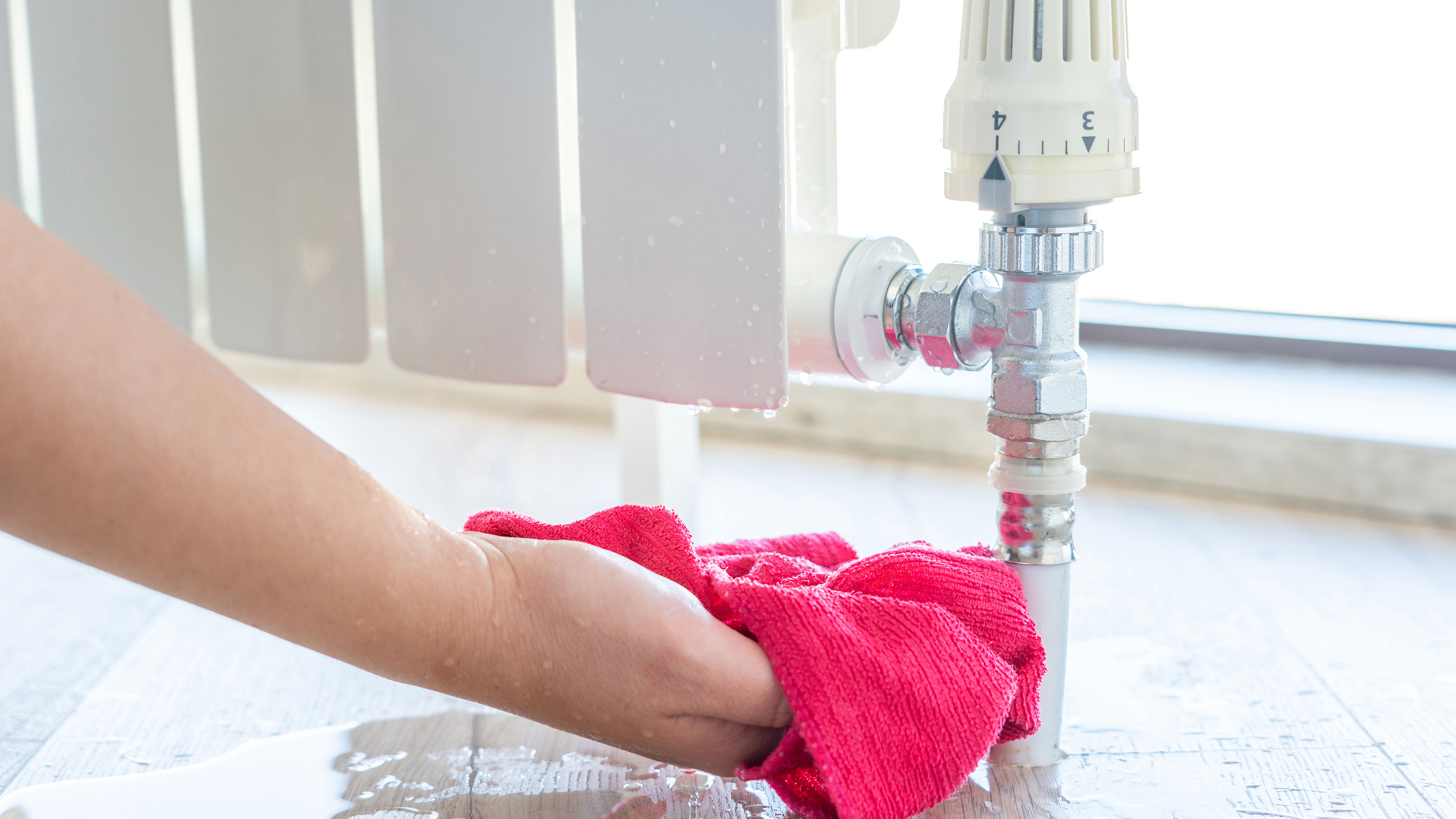 Leaking radiators: why it happens and how to fix it
Leaking radiators: why it happens and how to fix itIf you've got a leaking radiator, you should try and resolve the issue quickly. This is why it's happening and how to fix it.
By Sarah Warwick Published
-
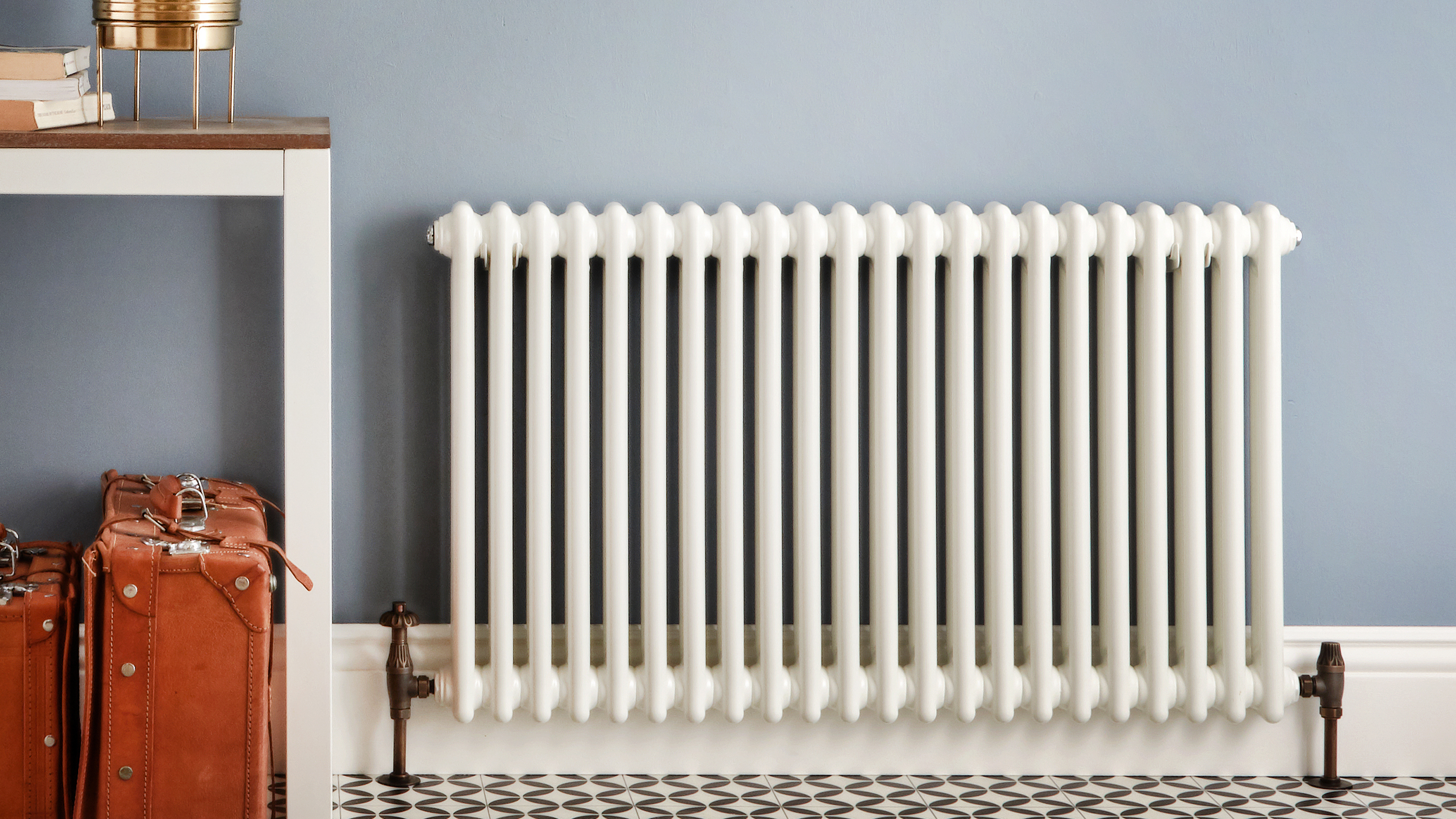 How much does it cost to replace a radiator?
How much does it cost to replace a radiator?Everything a homeowner needs to know about what it costs to replace a radiator and when to do it
By Carol J. Alexander Last updated
-
 How to balance radiators – a simple step-by-step guide
How to balance radiators – a simple step-by-step guideSome of your radiators slow to heat up? Learn how to balance radiators and solve the problem
By Sarah Warwick Last updated
-
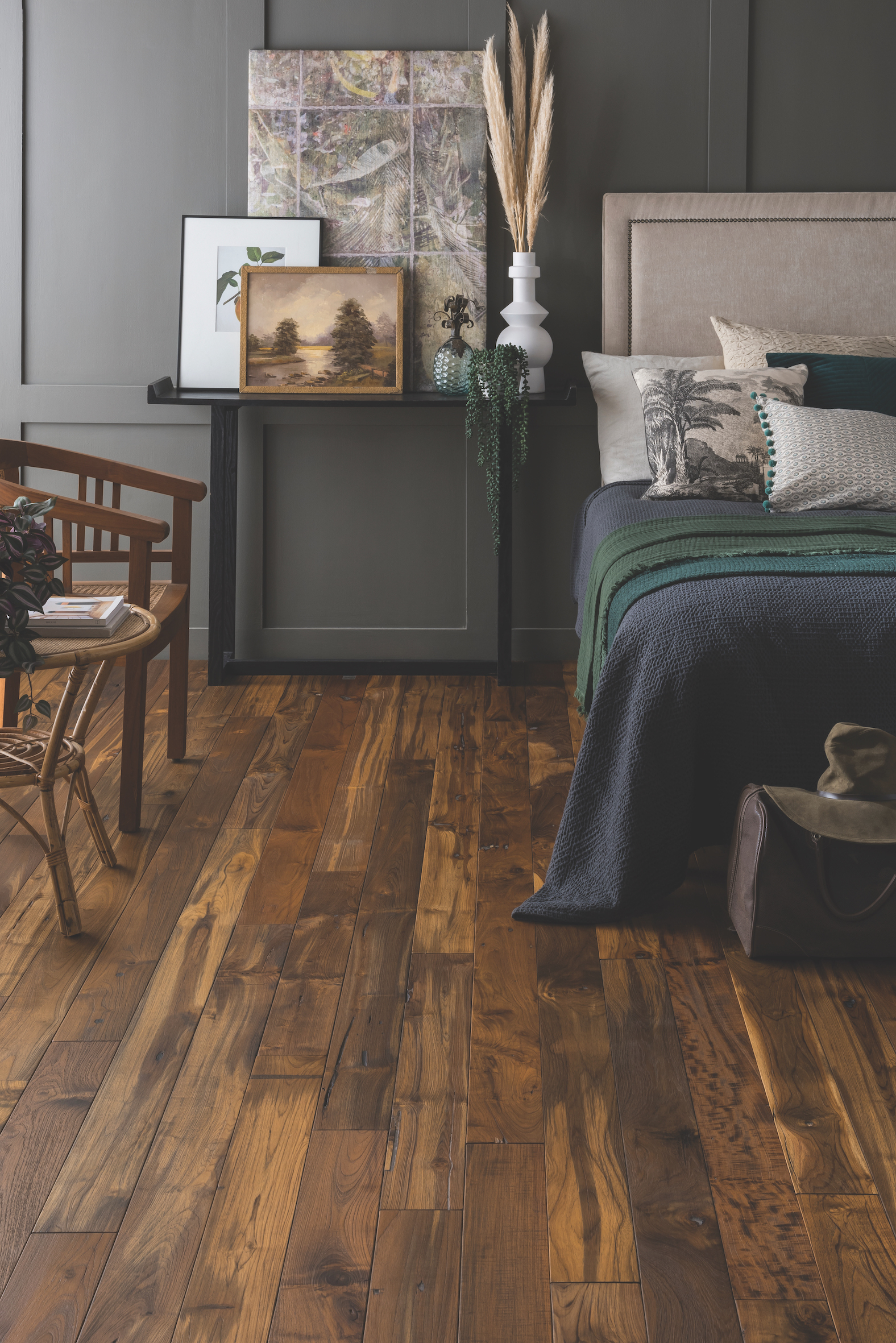 Radiant floor heating – how does it work and is it worth the cost?
Radiant floor heating – how does it work and is it worth the cost?Stay cozy with radiant floor heating. These are the different types, and the costs to consider ahead of installation.
By Sarah Warwick Published
-
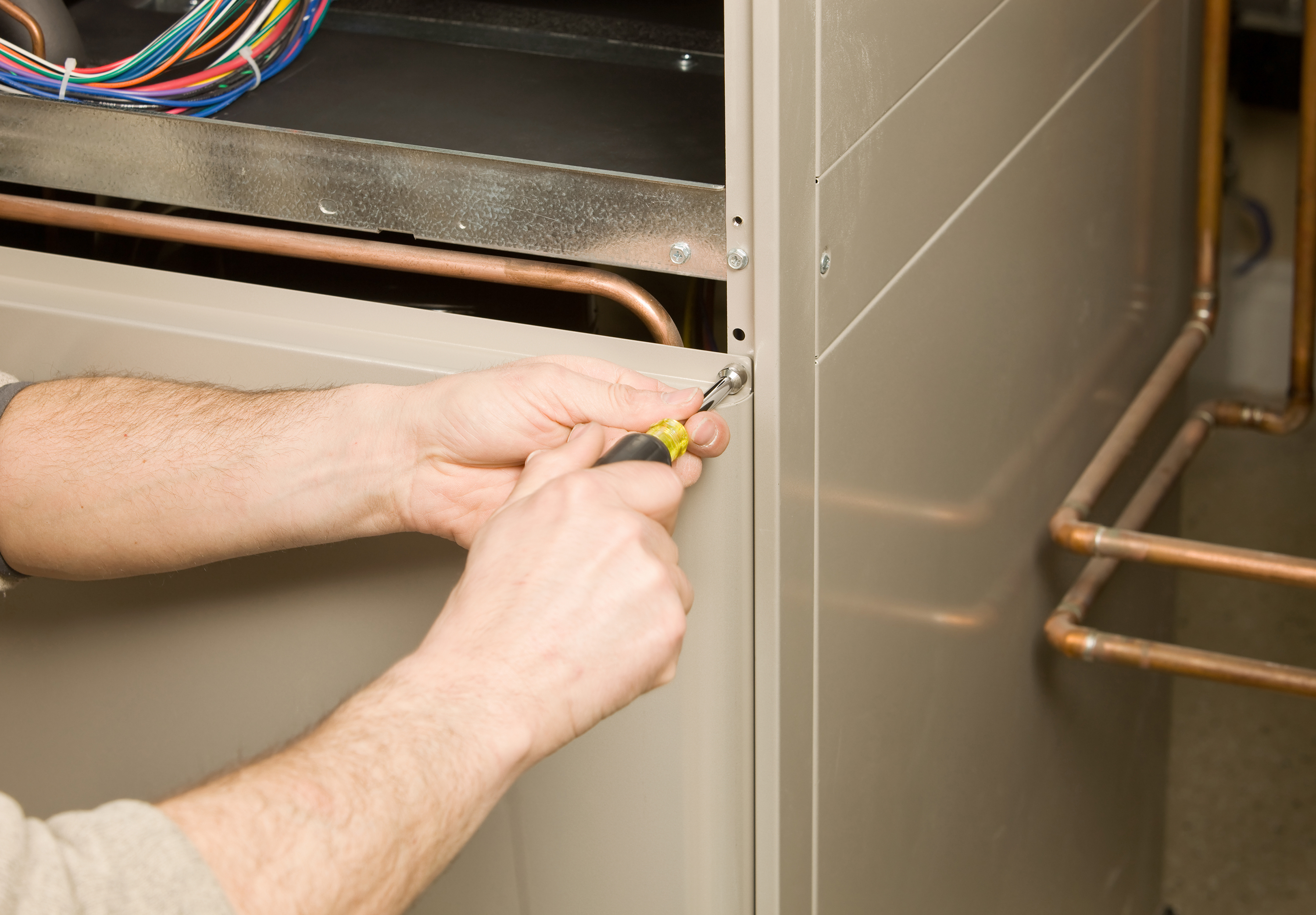 How much does replacing a furnace cost?
How much does replacing a furnace cost?From materials and labor to square footage and more considerations – this is how much replacing a furnace costs and why it can be so expensive.
By Sarah Warwick Published
-
 Installing a furnace – everything you need to know
Installing a furnace – everything you need to knowGet the lowdown on installing a furnace – how long it takes and whether to DIY or call in a pro.
By Sarah Warwick Published